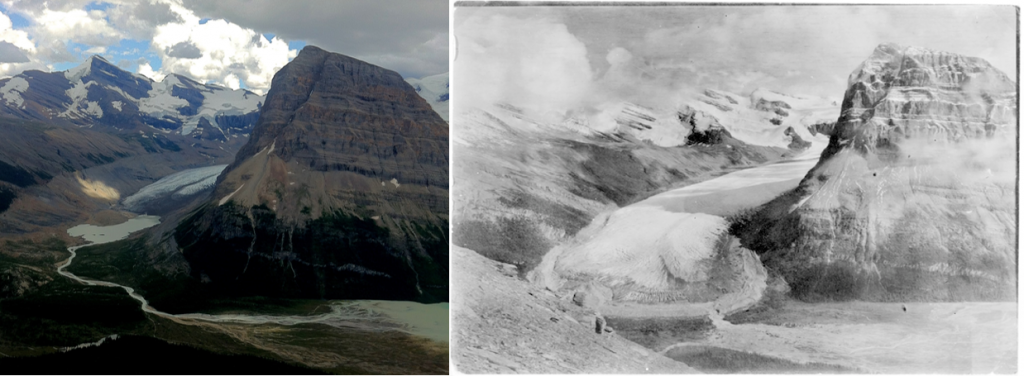11 1.1 What is Geology? — Physical Geology – 2nd Edition

Geology is also about understanding the evolution of life on Earth; about discovering resources such as water, metals and energy; about recognizing and minimizing the environmental implications of our use of those resources; and about learning how to mitigate the hazards related to earthquakes, volcanic eruptions, and slope failures. All of these aspects of geology, and many more, are covered in this textbook.
There is no single method of inquiry that is specifically the “scientific method”; furthermore, scientific inquiry is not necessarily different from serious research in other disciplines. The most important thing that those involved in any type of inquiry must do is to be skeptical. As the physicist Richard Feynman once said: the first principle of science is that “you must not fool yourself—and you are the easiest person to fool.” A key feature of serious inquiry is the creation of a hypothesis (a tentative explanation) that could explain the observations that have been made, and then the formulation and testing (by experimentation) of one or more predictions that follow from that hypothesis.
For example, we might observe that most of the cobbles in a stream bed are well rounded (see photo above), and then derive the hypothesis that the rocks are rounded by transportation along the stream bed. A prediction that follows from this hypothesis is that cobbles present in a stream will become increasingly rounded as they are transported downstream. An experiment to test this prediction would be to place some angular cobbles in a stream, label them so that we can be sure to find them again later, and then return at various time intervals (over a period of years) to carefully measure their locations and roundness.
A critical feature of a good hypothesis and any resulting predictions is that they must be testable. For example, an alternative hypothesis to the one above is that an extraterrestrial organization creates rounded cobbles and places them in streams when nobody is looking. This may indeed be the case, but there is no practical way to test this hypothesis. Most importantly, there is no way to prove that it is false, because if we aren’t able to catch the aliens at work, we still won’t know if they did it!
Media Attributions
- Figure 1.1.1 (left): © Steven Earle. CC BY.
- Figure 1.1.1 (right): A.P. Coleman. Public domain. Source: Arthur P. Coleman Collection at Victoria University Library.
- Figure 1.1.2: © Steven Earle. CC BY.
<!– pb_fixme –>
<!– pb_fixme –>

